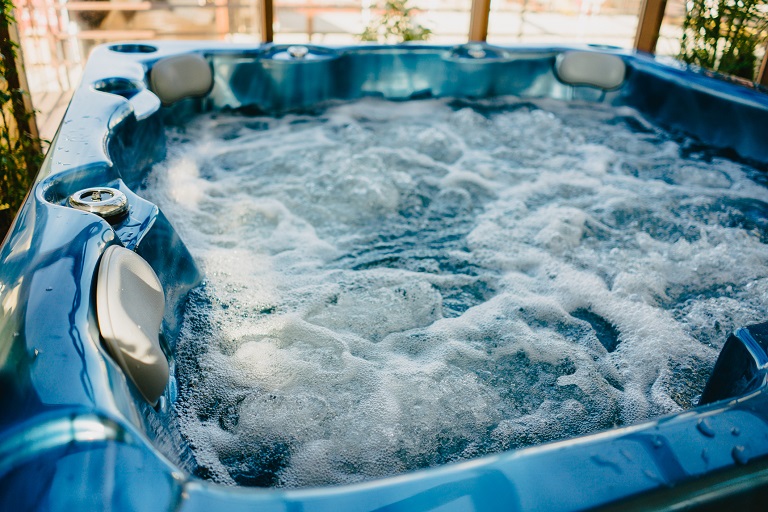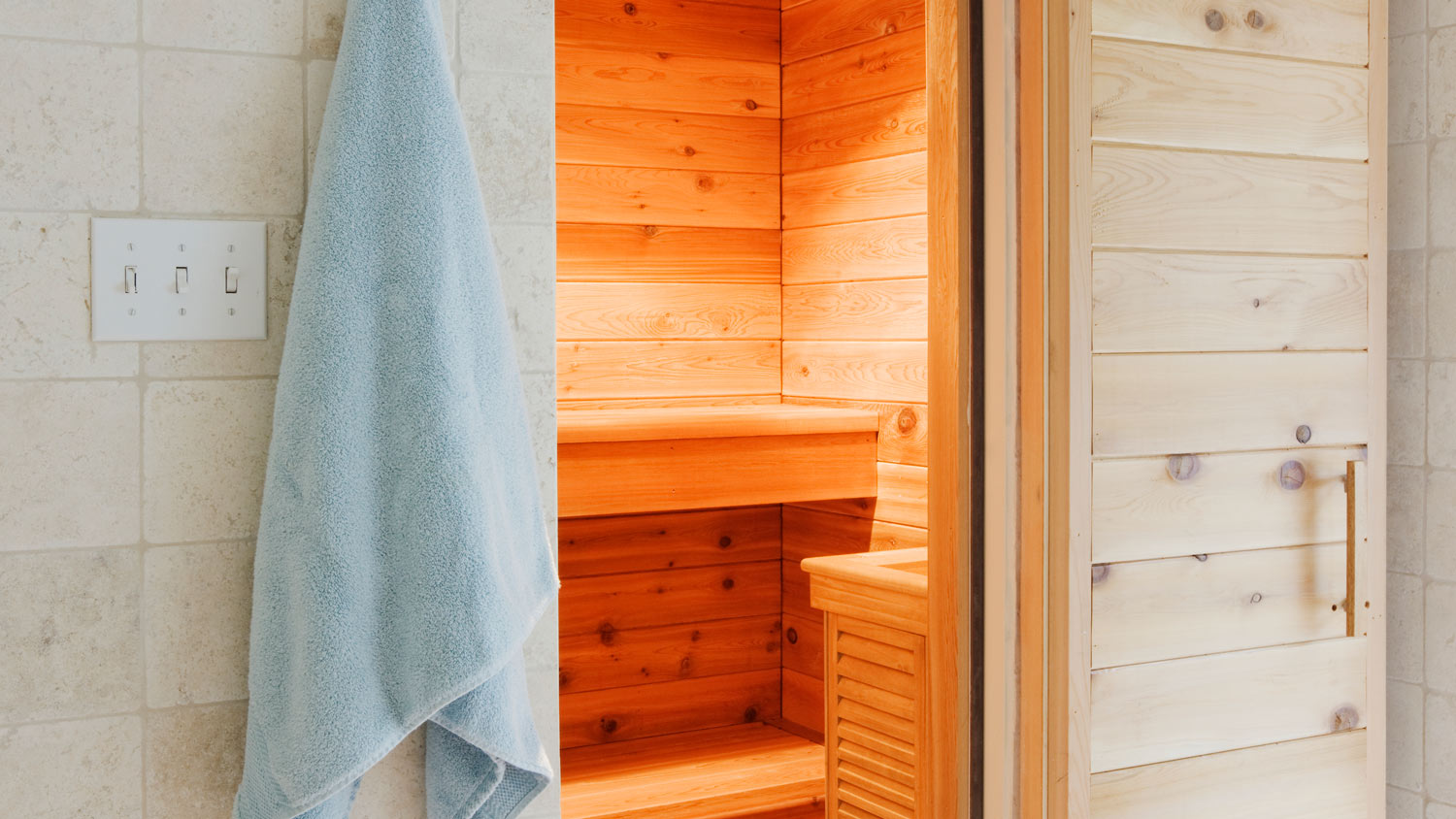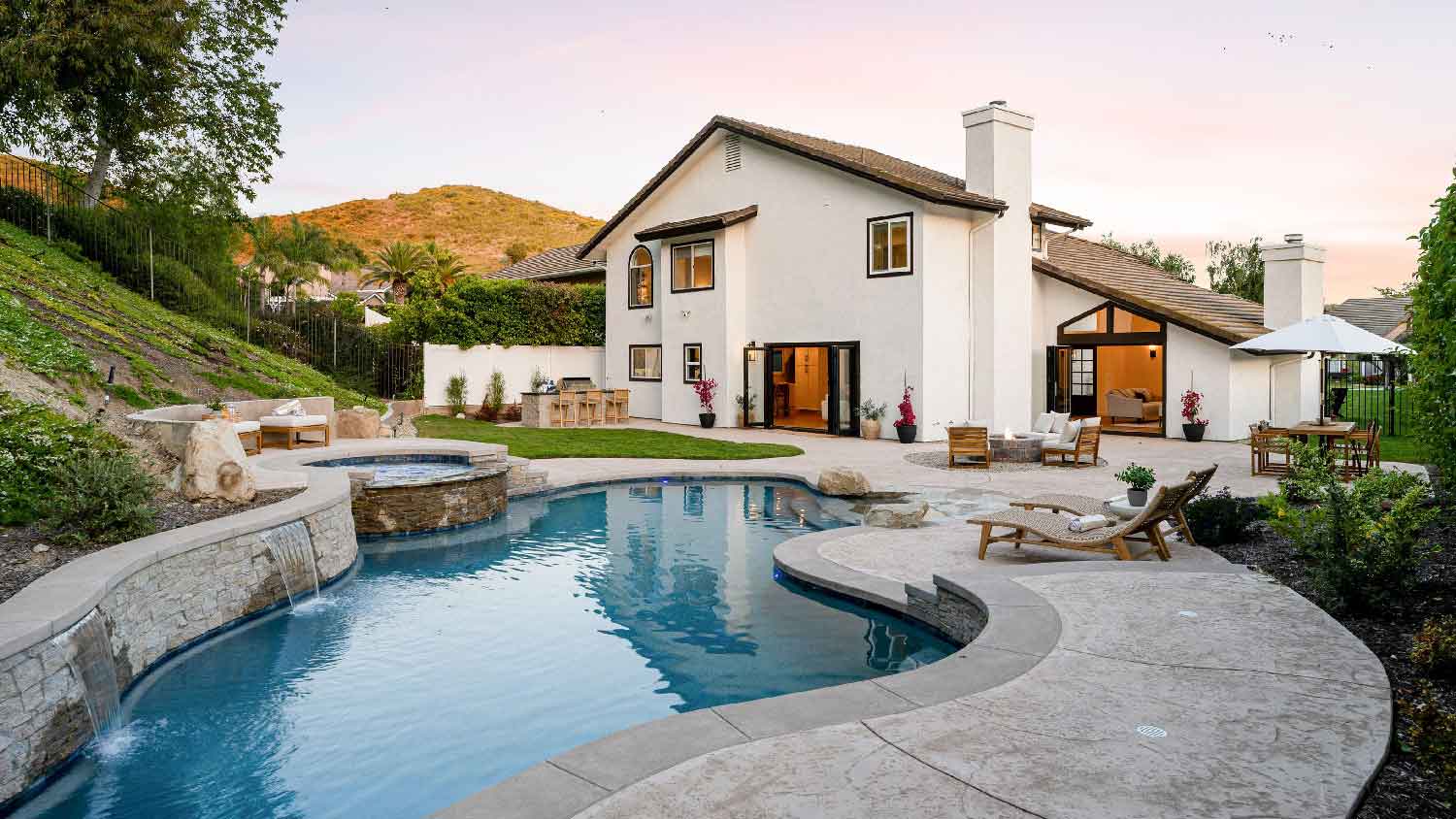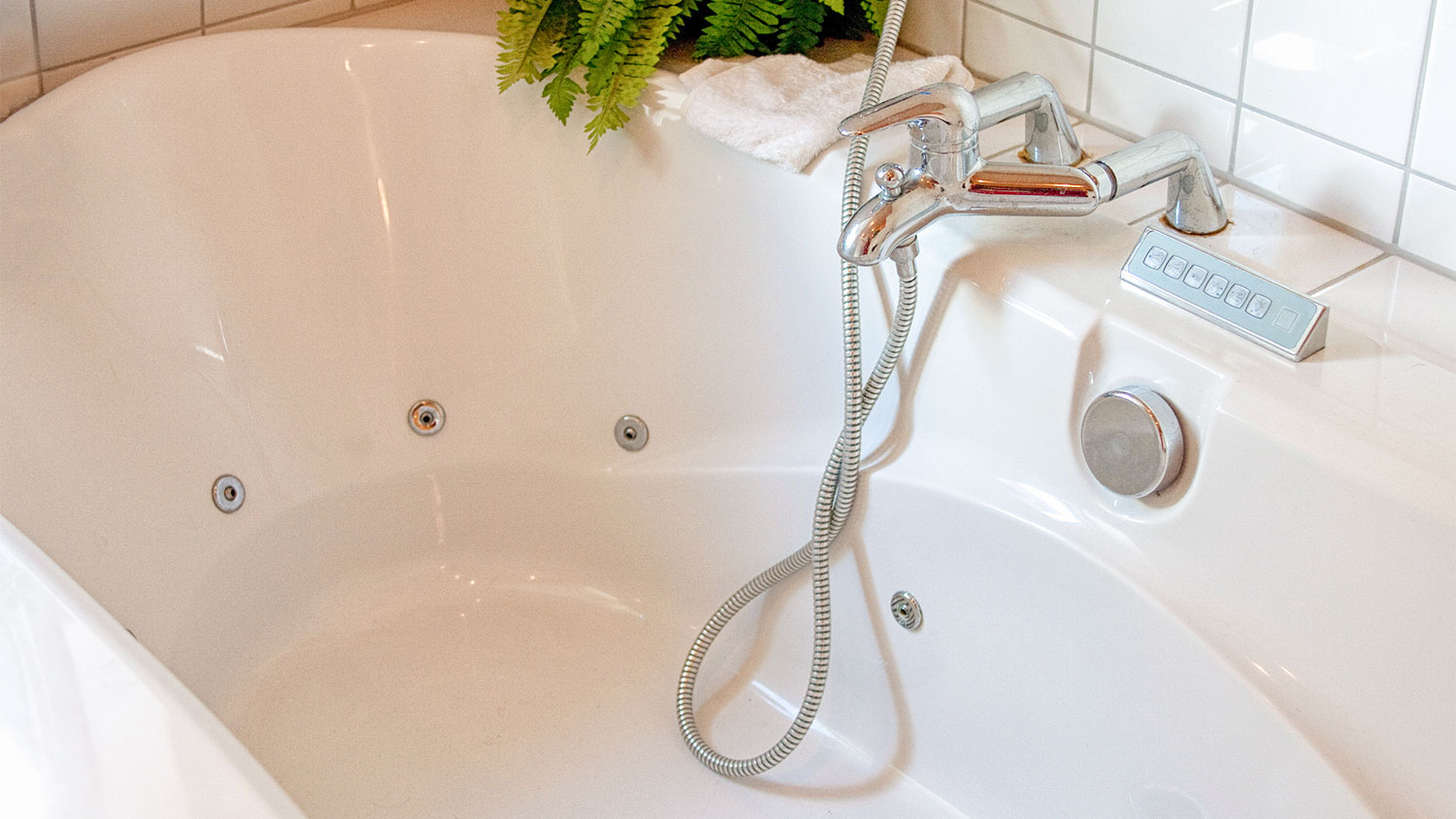
Wondering how much it costs to run a hot tub? Discover average monthly and yearly costs, key factors, and tips to keep your hot tub expenses in check.
Find the perfect balance for a relaxing soak


Hot tubs require regular maintenance. This includes checking water levels frequently to maintain the ideal chemical levels that keep the water safe and a hot tub in good condition. Learning how to reduce alkalinity in a hot tub will help you maintain the ideal pH balance for comfortable use.
Just like it is important to maintain a proper pH balance in pools, the same is true for hot tubs. The pH balance of your hot tub will determine whether the water is more acidic or more alkaline (aka basic). The pH scale ranges from 0 to 14, and a pH level of 7 is neutral. A pH level of under 7 means there is more acidity, and a level above 7 indicates more alkalinity.
Balanced pH levels mean that the hot tub water will be comfortable, have fewer adverse effects on the users or on the hot tub itself, and allow the sanitizer to work properly to help avoid hot tub health risks. If the water is too acidic, it can lead to discomfort while using the hot tub, including burning or itchy eyes. If the water is too alkaline, it can become cloudy and cause scale to form on the hot tub itself.
The pH levels in a hot tub are affected by a number of factors. The water itself can have varying pH and alkalinity levels. Hot tub users can affect pH levels with any lotions, gels, sunscreens, or other products they have on their skin when they hop in. Adding the wrong amount of chemicals can lead to high alkalinity, too.
Keeping alkalinity levels balanced will help keep the hot tub clean. You may not realize immediately that the alkalinity is too high, but it should not take too long to see the signs. These may include:
Cloudy water
Green water
Scale buildup on the hot tub, jets, and pipes

Managing the chemical levels of your hot tub can seem daunting, especially if this is your first experience as a hot tub owner. But these six steps for reducing alkalinity will make it less intimidating, so you can get back to relaxing.
When you buy a hot tub, you should also buy test strips that allow you to test the water for proper pH levels. Ideally, you will test the water two to three times a week, so you can catch any imbalances quickly. You can also take a water sample to a local hot tub installation professional and have them test it for you.
You can dip the test strip directly into the water in the hot tub, but you can try to get a more accurate reading if you take a water sample out of the hot tub using a clean cup and allow it to come to room temperature first. You should read the manufacturer’s directions to learn exactly how to use their test strips, but typically, to test the water, simply dip the test strip in and remove immediately, then hold it level to compare it to the color chart.
Test strips will come with a color chart that corresponds to the colors on the test strip. After you have followed the directions to test the water, you will read the test to determine the current chemical levels in the hot tub by comparing the colors on the test strip to the colors on the chart. Ideal chemical levels are as follows:
pH level: 7.2–7.6
Alkalinity: 80–120
Chlorine: 1–3 ppm (parts per million)
Bromine: 3–5 ppm
To lower the alkalinity, you will actually add a pH decreaser. To determine the correct amount, read the manufacturer’s instructions and do the calculations for the number of gallons in your hot tub.
If the pH levels are too high, you should aim to reduce the alkalinity before adjusting the pH levels. If you lower the alkalinity first, the pH levels will likely adjust as well, albeit more slowly.
When you are adding chemicals to the hot tub, make sure to keep the cover off to allow chemicals to off-gas if necessary and allow you to gather a water sample to retest when necessary. You should also turn the jets on to allow chemicals to circulate better.
At this point, you will add the chemicals and wait at least 20 minutes for them to circulate through the water. After 20 minutes, you can retest the water, but you may need to wait a little longer, sometimes until the next day, if the first reading does not show that the alkalinity is lower than where it started. If you have waited 24 hours and the alkalinity has not reached the ideal range, then you can add more pH decreaser and retest after waiting 20 minutes.
If adding the pH decreaser causes the pH to drop lower than the recommended levels, wait until the alkalinity is within the recommended levels, and then add pH increaser to bring the pH back up to where it is supposed to be. Once the alkalinity and pH levels are correct, then it is time to add sanitizer, if necessary.
Maintaining proper alkalinity in a hot tub will make the user experience more enjoyable and ensure the hot tub stays in good condition for the duration of its life. These tips can reduce alkalinity fluctuation.
Use test strips to test the water two to three times a week.
Conduct regular maintenance, including draining and refilling the hot tub every three to four months and cleaning filters weekly.
Regularly clean dirt and debris from the hot tub.
Rinse bathing suits after washing to remove leftover soap residue.
Shower or do a thorough rinse before using the hot tub to remove any lotions, sunscreen, dirt, and oils.
Wait at least 20 minutes and up to 24 hours before retesting the water.
Balancing hot tub chemicals and learning how to lower alkalinity requires some trial and error, but in the end, you will be able to control the pH levels of your hot tub for the most comfortable experience. This does require time. You should test chemical levels at least once a week and adjust when necessary. You should also clean the filters once a week and drain and refill the hot tub every three to four months, depending on how much you use it. All of this can add up to quite a bit of time invested in hot tub maintenance.
If you are not comfortable controlling the hot tub chemicals, or you simply do not have the time to perform ongoing maintenance, that is where a professional comes in. A local hot tub dealer and service professional may offer maintenance plans and send a technician to your home on a weekly or monthly basis to test the water, balance the chemicals, clean the water, and perform mechanical maintenance. This will add to the total hot tub maintenance costs, but it will allow you to enjoy your hot tub without the added time spent maintaining it.
From average costs to expert advice, get all the answers you need to get your job done.

Wondering how much it costs to run a hot tub? Discover average monthly and yearly costs, key factors, and tips to keep your hot tub expenses in check.

Discover how much installing a steam room costs, including average prices, key cost factors, and tips to save on your steam room installation.

Discover the average hot tub maintenance cost, what impacts pricing, and how to save money. Get expert tips to keep your hot tub running smoothly all year.

Pools don’t hold chlorine if there’s organic matter, debris, or chemical imbalances. Keep reading to find out why your pool is not holding chlorine.

Winterizing your hot tub during colder periods helps prevent potential damage caused by freezing. Learn how to winterize a hot tub.

Discover the cost of whirlpool tub installation, including average prices, key cost factors, and tips to help homeowners budget for their project.